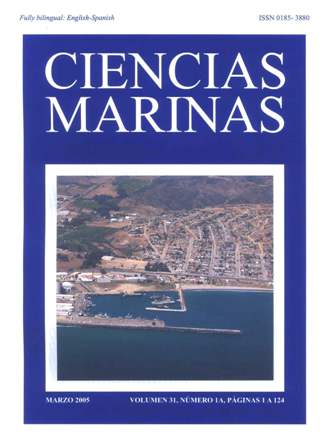Immunological responses and wound healing in the polychaete Eurythoe complanata (Annelida: Amphinomidae) exposed to copper
Main Article Content
Abstract
Polychaetes exposed to 0.4 mg Cu+2 L–1 (2.14 mg CuSO4 5H2O L–1; 30% 96 h-LC50) for seven days and control individuals were divided into three groups: the first two were sensitized and non-sensitized with Micrococcus lysodeikticus, and the third was sensitized with heat-killed yeast. Lysozyme activity was tested in the first two groups and phagocytosis in the third one. Lysozyme was measured at 2 h and phagocytosis 15 min after immune sensitization. The effect of copper on wound healing was also examined in the polychaetes. For this, the polychaetes exposed and not exposed to copper were cut in two halves, and the body fragments were held in aquaria containing clean seawater, and the cicatrization was periodically observed. The lysozyme and phagocytosis responses were induced by the sensitization; however, these responses were inhibited after the metal exposure. On the other hand, 60–80% of the body fragments from the control group healed within four days, whereas the copper-treated individuals did not show cicatrization in the same period of time. In conclusion, the inhibition of the experimental activation of lysozyme and phagocytosis, and of wound healing in the polychaete Eurythoe complanata exposed to acute copper exposure, suggests the metal´ s potential toxicity on the physiological mechanisms that modulate the innate immunity in annelids, whose alteration could affect their tolerance to microbial infection.
Downloads
Article Details

This work is licensed under a Creative Commons Attribution 4.0 International License.
This is an open access article distributed under a Creative Commons Attribution 4.0 License, which allows you to share and adapt the work, as long as you give appropriate credit to the original author(s) and the source, provide a link to the Creative Commons license, and indicate if changes were made. Figures, tables and other elements in the article are included in the article’s CC BY 4.0 license, unless otherwise indicated. The journal title is protected by copyrights and not subject to this license. Full license deed can be viewed here.

